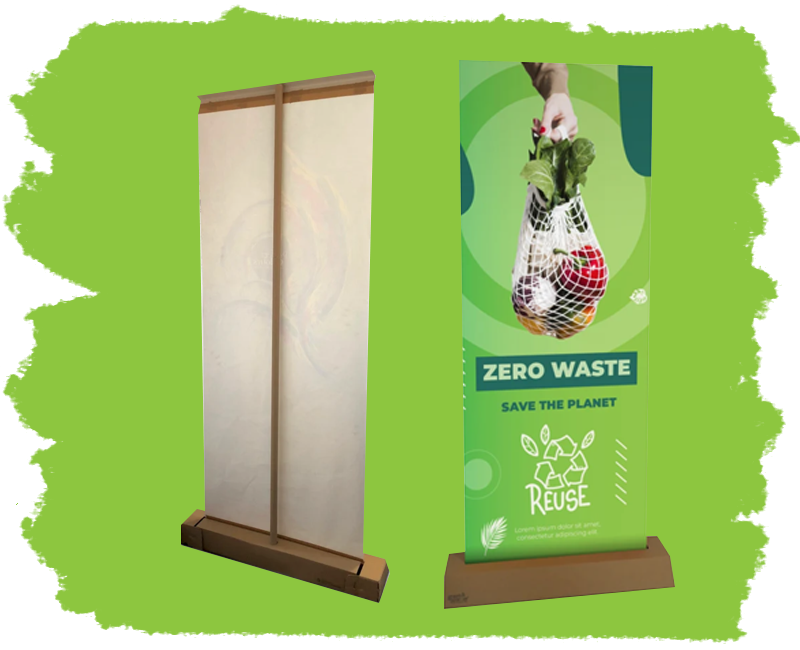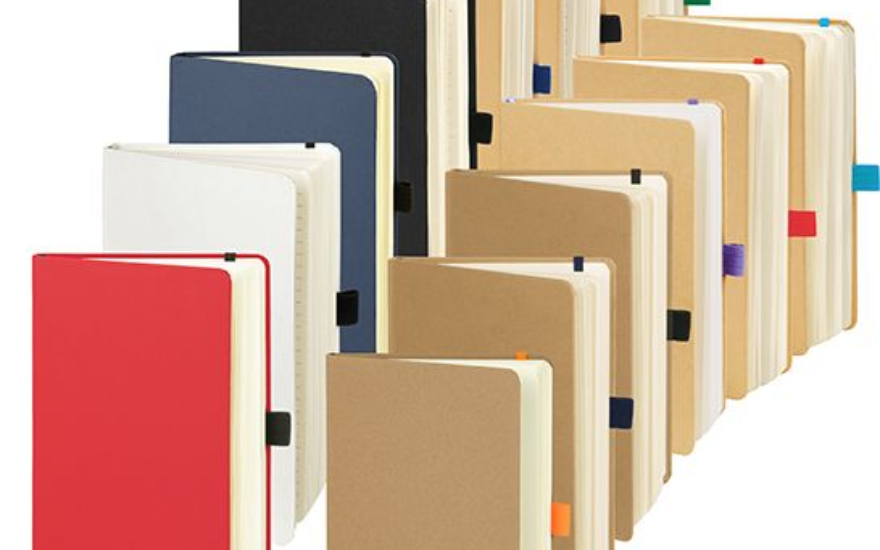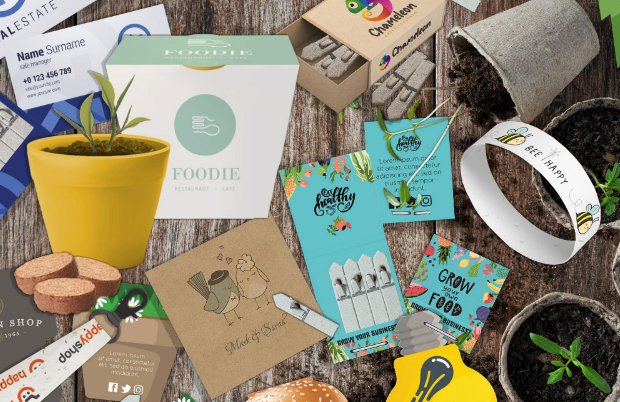Cardboard Roller Banner
David Platt • 9 April 2024
Introducing the Eco-Friendly Retractable Cardboard Roller Banner
Looking for an eco-friendlier alternative to traditional PVC roll-up banners? Look no further! Our completely recyclable and retractable cardboard roller banner is the perfect solution. Lightweight, portable, and environmentally conscious, this banner is ideal for various occasions, from pop-up events to semi-permanent shop window displays.
Eco-Friendly Design
Crafted with sustainability in mind, our roller banner consists of three main elements, all made from recyclable materials. The base, constructed from sturdy cardboard, houses the banner and assembly components. Your design is printed on high-quality 170gsm silk paper using PVC-free inkjet printers, ensuring vibrant colors and eco-conscious production. The banner assembly components, including cardboard poles, neatly fit inside the base for easy storage and transportation.
Easy Assembly and Usage
Worried about complicated assembly? Fear not! Each banner comes with full instructions, making setup a breeze. Designed and manufactured in Italy, with printing and assembly done in our UK facility, our banners are crafted with attention to detail and quality. For optimal performance, keep your banner cool and dry during use.
Recyclable and Versatile
When you're done with your banner, simply dismantle it and toss it into your household recycling. With its fully recyclable design, you can rest assured knowing you're making a sustainable choice. Ideal for one-off events, indoor displays, promotions, or window/point of sale displays, our roller banner offers versatility for various marketing needs.
Technical Specifications
Cardboard cassette, poles, and banner housing neatly packed within the unit
800 x 2000mm visible print area
Banner + unit dimensions: 2100mm (l) x 970mm (w) x 300mm (d)
Weight: 2.4Kg
Single-sided CMYK (full-color) print on 170gsm silk paper (PVC free)
Top Tips for Usage
Looking to make a statement with your banner? Consider using it to promote an eco-friendly product launch or showcase your company's commitment to sustainability. Opt for bold colors and minimal text to ensure your design catches the eye of your target audience.
Artwork Guidelines
To help you set up your design correctly, we provide a downloadable template. Keep your design simple yet impactful, focusing on visuals that resonate with your audience.
Conclusion
Say goodbye to traditional banners and embrace sustainability with our eco-friendly retractable cardboard roller banner. Lightweight, portable, and recyclable, it's the perfect choice for environmentally conscious businesses and organizations. Make a statement with your marketing materials while making a positive impact on the planet. Order yours today and start making a difference!
Follow us to see more new products at: https://www.linkedin.com/company/15823470/admin/feed/posts/






